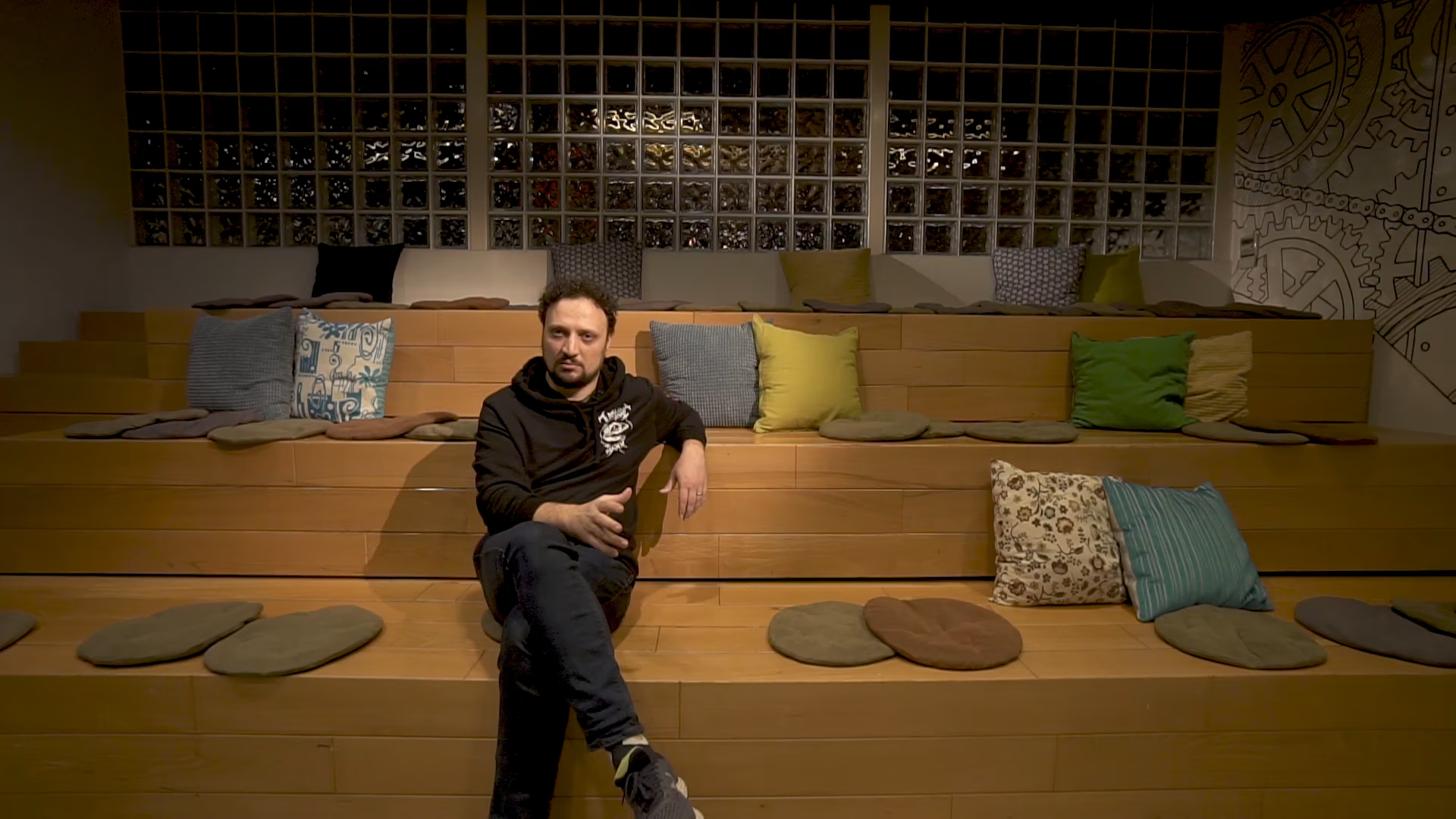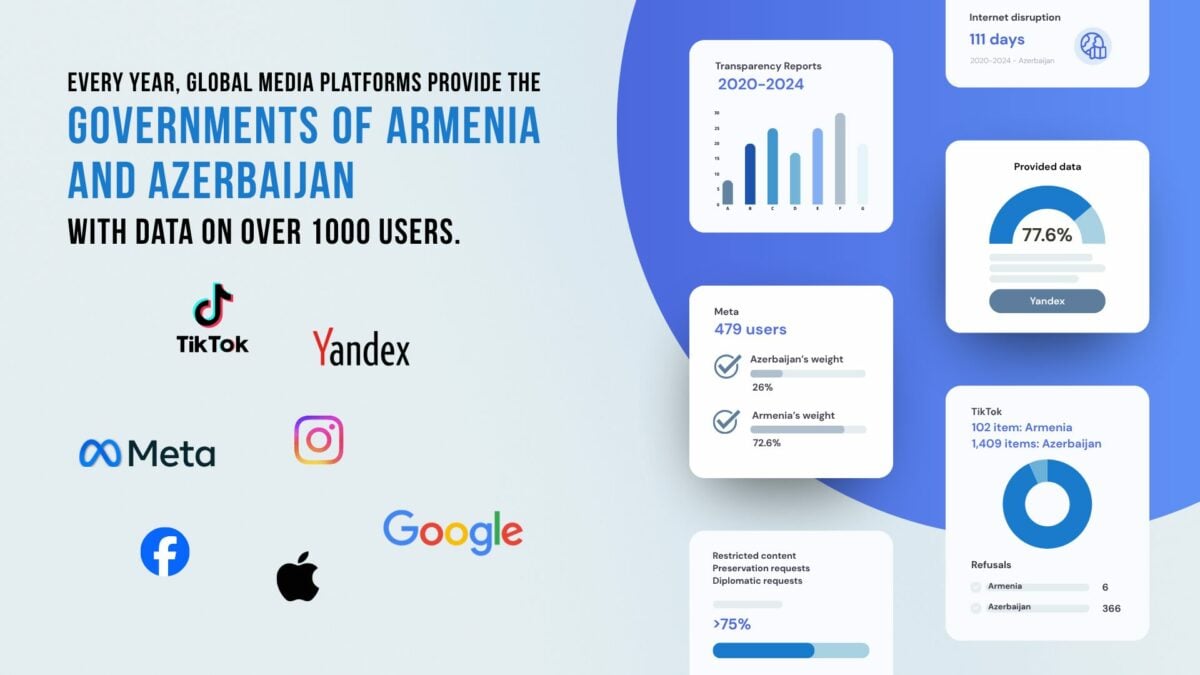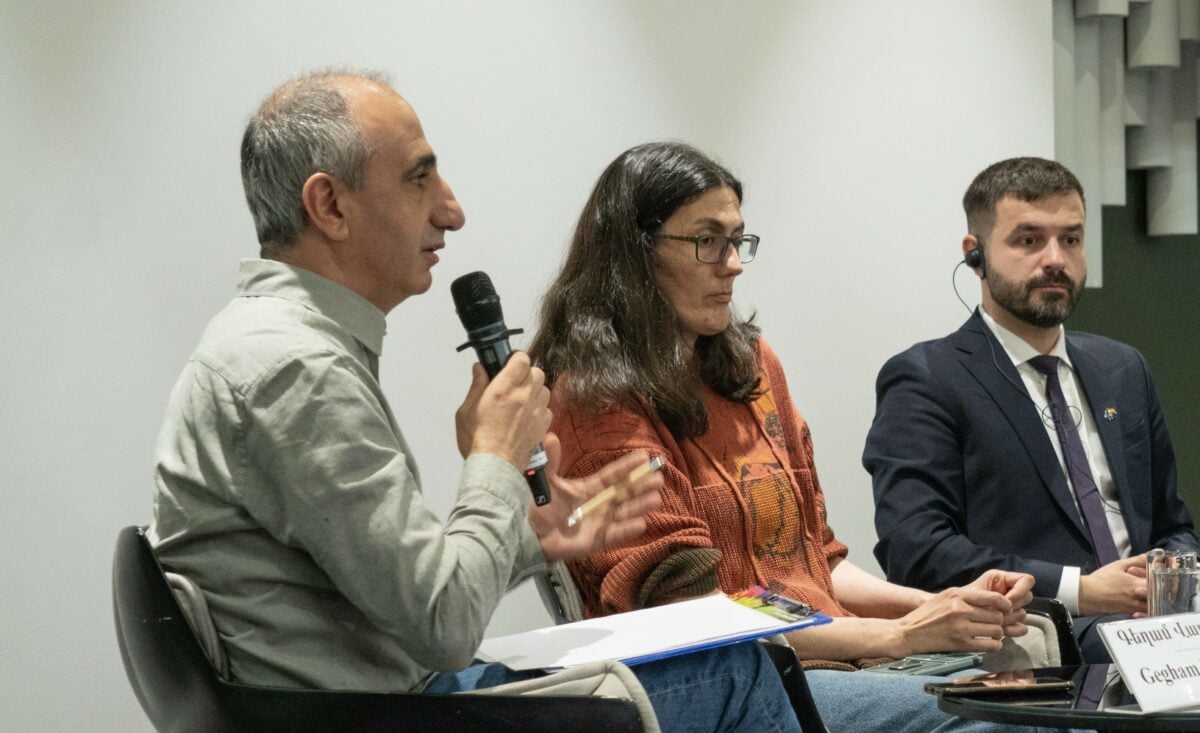Ten-year-old pupils sometimes ask such questions about media literacy that you feel how difficult it is for them to move forward in parallel, to follow technological innovations.
The French Ministry of Education has placed importance on the subject; it has included it in the curriculum. CLEMI (Centre de liaison de l’enseignement et des médias d’information), an organization in the ministry, once a year creates a week-long platform for the media, lecturers, and teachers to discuss questions that arose during the lesson, to present media developments. That helps educators a lot to keep the working rhythm.
But, in my opinion, that’s not enough. Media literacy must be on the list of mandatory subjects. Particularly since the students are excited by topics, ready to imagine and become a part of the lesson. Today they are all online and have a demand to become literate media consumers. That demand becomes more prominent day by day.
I have a lot of problems as a teacher: finding and explaining a subject is not enough; they have to become participants of the process. It’s with this participation that they understand the importance of the lesson, the impact on their daily life. In short, the lesson must be illustrative. How? With role-playing games, images, practical exercises, meetings.
In France, the media wants to have a literate audience; newsrooms are ready to come and work with us, work with school children. We host journalists and various TV professionals, organize joint games, shoot movies.
A torrent of accumulated questions begins during class time. The students get the journalists to be frank; they learn about the details: about their media outlet, about working with sources.
For example, journalists explain why they their stories featured only official information or why they presented an opinion in a story as fact, and so on.

To train the children’s imagination, we choose the format of theatrical performance and divide into groups: journalists, eyewitnesses, police officers, and so on. They begin to create, imagine, and like the work of the media.
Using mistakes made by the children, we make generalizations. We teach them to first classify the information, to navigate the internet, and not become a target of fake or manipulated information.
Performance is not the only way to plainly speak about these topics, though it’s one of the most effective. You can’t keep children’s attention for long; you have to often think about the teaching methods.
My students today don’t share any information without checking it. They know that verifying information is not an easy task; it requires time and skills. I advise them to be patient, to not rush.
Distinguishing fake news is the first step; then they analyze it — why the media outlet is disseminating such information. That complicates the situation somewhat because you have to get the answer to numerous questions.
For example, why was the information spread — To make people laugh? To obtain clicks? To convince? To harm people? Or for advertising? Or maybe it was the result of negligence?
Opinions and comments are different. As a result of pointed debates, the children create content that explains the information — text, graphics, and so on. That’s useful both for me and for them.
Current is also the topic of photos. My students know how to check the history of a photograph, when and where it was taken, then through different online programs, to understand the location, the date it appeared online, and so on.
Of course I can present our achievements and our working methods for a long time, but the curriculum has one big gap. We have to teach critical thinking not only in my subject, but also in history, literature, and other classes.
Rose-Marie Farinella
Creator of the MIL (Media and Information Literacy) Project France
Third-place winner of GAPMIL’s Media and Information Literacy Award






